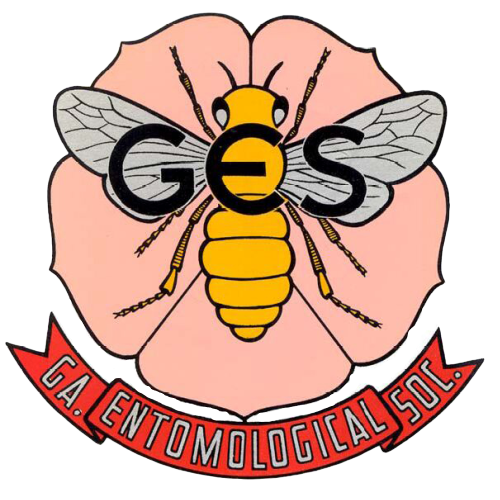An Analysis of the Population Genetic Structure of Cryptotympana atrata (Hemiptera: Cicadidae) in South Korea Using Single-Nucleotide Polymorphisms from Direct Amplicon Sequencing1
Abstract
Cryptotympana atrata F. (Hemiptera: Cicadidae) is designated as a climate-sensitive indicator insect in South Korea. Notably, C. atrata populations are experiencing significant range expansion in response to rising temperatures, mainly from southern temperate regions, including a southern subtropical remote island, Jeju, to northern cooler areas. Therefore, this study aimed to explore the genetic diversity and structure of C. atrata populations across South Korea using 118 single-nucleotide polymorphisms obtained from direct amplicon sequencing. The most significant genetic differentiation was noted at ∼100-km distance of the remote Jeju island population from all the inland populations. This signifies the importance of long-standing physical isolation from biogeographic history, rather than ongoing global warming. Within the mainland, only a slight genetic distinction was detected in two of the three newly expanded populations in the northern cooler region, with similar genetic diversity in all inland populations, suggesting that an adaptation to northern lower temperatures was not the major factor facilitating the expansion to new areas. Instead, ongoing global warming seems effective enough to promote the expansion of C. atrata to the northern cooler regions through the facilitated dispersal, exploration of suitable habitats, and success, even under the unfavorable lower temperature conditions in the newly expanded area.
Contributor Notes
Korea Native Animal Resources Utilization Convergence Research Institute, Soonchunhyang University, Asan City 31538, Republic of Korea.
Research Institute for East Asian Environment and Biology, Seoul 05207, Republic of Korea.
